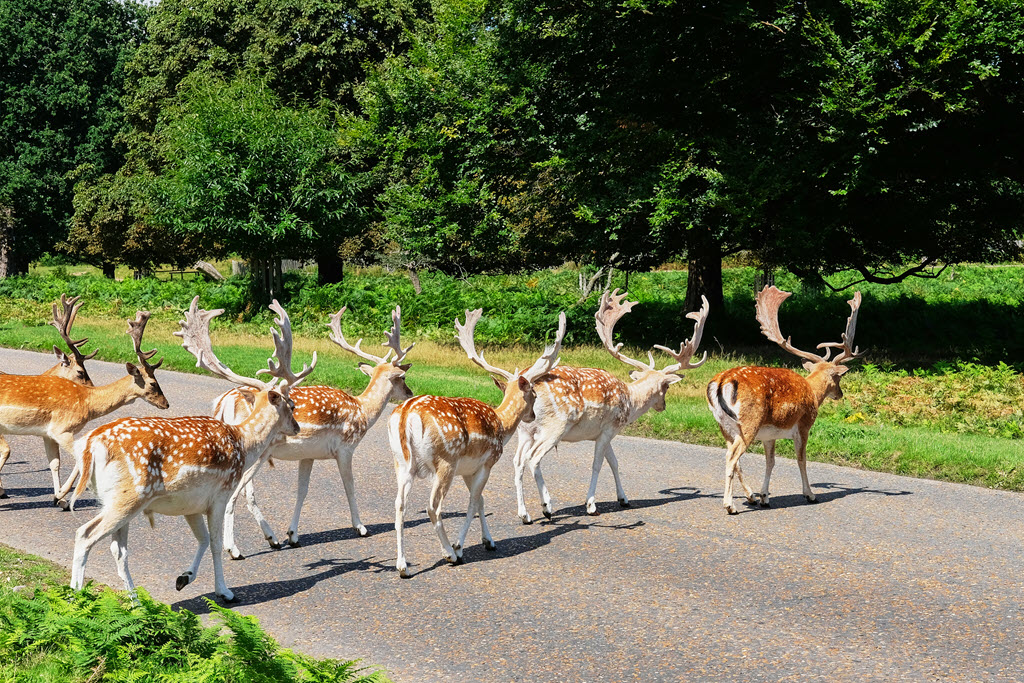Ask BDS – Deer on the roads
Share article:
Article by:
Charles Smith-Jones, Technical Adviser, British Deer Society
Deer on the roads
The month of May is a peak time for deer-vehicle collisions (DVCs) and the highest risks occur around sunrise, or from sunset until midnight. However, deer can be encountered on our roads throughout the year and at any time of day – if you see one always drive with added caution as there may be others.
Whenever possible use your headlights on full beam at night if there is no oncoming traffic, but dip them if an animal appears in front of you as a startled one is liable to ‘freeze’.
If a collision seems inevitable it is usually safest to keep control of your car and avoid swerving which might take you into oncoming traffic or off the road surface. Braking sharply should also be avoided whenever there are following vehicles.
The British Deer Society offers further advice to drivers and there is a link to the relevant page of our website here Advice for drivers
Deer Collisions
In the unfortunate event that you are involved in or witness a DVC, most constabularies now operate callout schemes for deer injured on the roads. If you call the non-emergency number 101 the police control room should be able to task an appropriately qualified person to deal with the situation quickly.
If circumstances pose any potential danger to people it may be more appropriate to call the emergency number 999. Alternatively, you could contact your local branch of the RSPCA, or another animal rescue organisation, but in many cases, they may not have the staff available to be on the scene quickly.
First and foremost, though, consider your safety and that of those around you before taking any action. Cars should be parked so as not to cause an obstruction with four-way flashers on. Injured deer can still be dangerous and should only be handled by experienced and trained persons.
Prevention and Raising Awareness
If you are concerned about local issues involving deer and roads you might consider contacting the roads or traffic department of your local council to see if they would look into appropriate warning signs or other traffic calming measures. It is always helpful to stress the risks to public safety that accompany DVCs.
As deer are now so widely distributed across so much of the country it is likely, though, that wildlife warning signs will only be considered for recognised road ‘hot spots’. The BDS is always happy to advise on the presence of deer in a locality, and local authorities can contact us by emailing technical@bds.org.uk.
Every day BDS receives enquiries about deer and our team works hard to make sure that every query receives a response.
By being a BDS member, you are helping us to educate and support people and communities with questions about deer across the UK and beyond.












